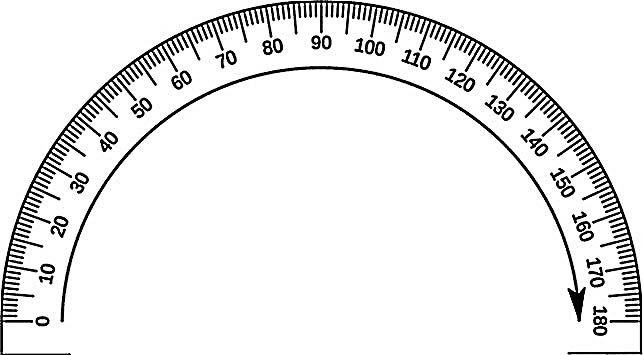Time-space-direction

Distance can be measured in standarised units and needs space to be determined. These standarised units relate to measurements of the earth or ancient standards.
Distance is connected with a direction in space and thus related to space. A ruler in space gives a distance in space in a direction in space.

Distance in a bend is distance constantly changing direction, one direction at the time.
Return
To witness time something has to occure and observed.(Cogito, ergo tempus est!) To measure time an event has to occure regularly, so a time scale is connected with a repetition of an event. Time is standarised in units. These units are related to the rotation of the earth, the moon surrounding the earth and the earth surrounding the sun. Occassionally the clock time is corrected to fit days in a year. The atom clock is found to be the most acurate to measure time.
One could say: An event tells there is time, a regular repetition of an event makes time measurable.
The above connects time with a behaviour of matter. This can by its speed, or events its responsible for. (Sending Electromagnetic waves).
Return
Speed in motion is distance and time combined. It has the characteristics of time and distance.
Therefore speed can only be determined when direction is provided. Leaving out direction implicates leaving out space. Leaving out space means that speed in motion cannot exist.
A moment in time
When all things that are observed are in motion, the only fix you have is a moment in time. Its like a frame in a movie, a start point for the rest of the movie(motion). Speeds and directions are fixed, a point in space becomes a fixed point in space, although we can’t determine its absolute position.
In motion no absolute positions can be determined. Lack of absolute orientation is the reason why we never can be certain if a point is fixed. This means that an origin is always a relative origin. In space an origin can only be relative, unless the boundaries of the universe are known.
The concept of a moment in time, how imaginairy it may be, gives a startpoint to determine speed and direction. The direction of a movement remains the same when an entity is not influenced by gravitation.
The concept of Relative time.
Time is relative to speed, accordingly to the theory of relativity by Albert Einstein.
Things are ageing more or less depending of the speed things are in. Are things matter or waves or…?
We as humans are a form of matter on which ageing visible occures.
When the relativity of time is measured, there is also a problem. As earlier mentioned time is measured by events. These events relate to matter.
Is a clock running faster or slower by the relativity of time, or is the clock as form of matter influenced by movement it is subjected to?
Is the speed of time linked to the behaviour of matter? If so, is a collission of speeding matter also a collission of different times?
Watch Animation
Is the speed of time restricted to the behaviour of matter and is space itself timeless? Is the age of an electromagnetic wave also relative to time or is an electromagnetic wave timeless. Or… have different locations in space different times constantly adjusted by passing matter? In other words, is time disconnected from space and just a local event?
It showes that time is hard to define. You can’t measure time by time.
Lightspeed as a constant
When Albert Einstein switched time for lightspeed as a constant, he made time relative to speed. This also meant that time became a direction.
The switch however created an impossebillity. A constant stands for a fixed value and direction is not a fixed value and never will be.
When light speed only occures in one direction, space is a pretty dark place.
Every equation with light speed as a constant is bounded to a single direction. It eliminates all other directions, and so eliminates the concept of space.
Light waves from 2 fixed sources on a ridig body cross each other with double the velocity of light, …or do they also cross at light speed?
Velocity of light as a constant creates a lot of discrepancies. Mathematically you can leave direction out of the equation and go theoretical. Note that you lose the link with the reality that applied co-ordinate systems in which distance and direction can be defined.
Return
